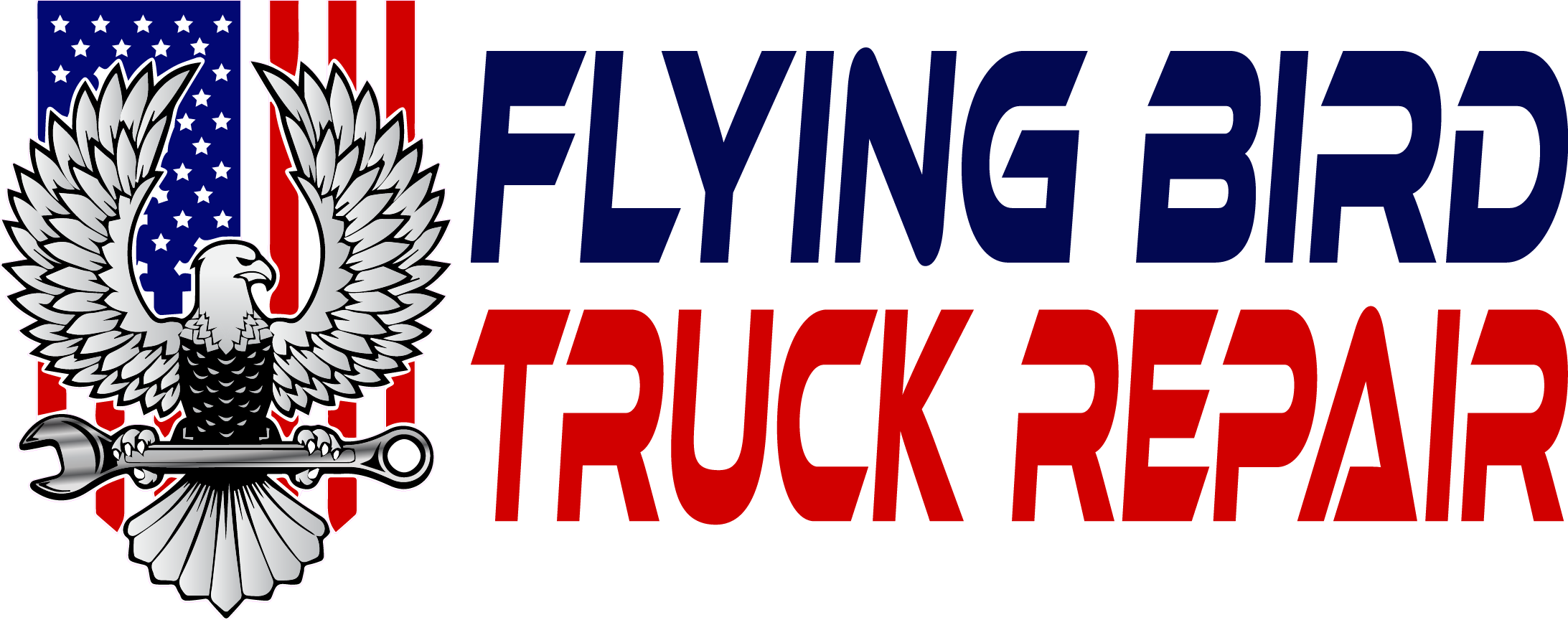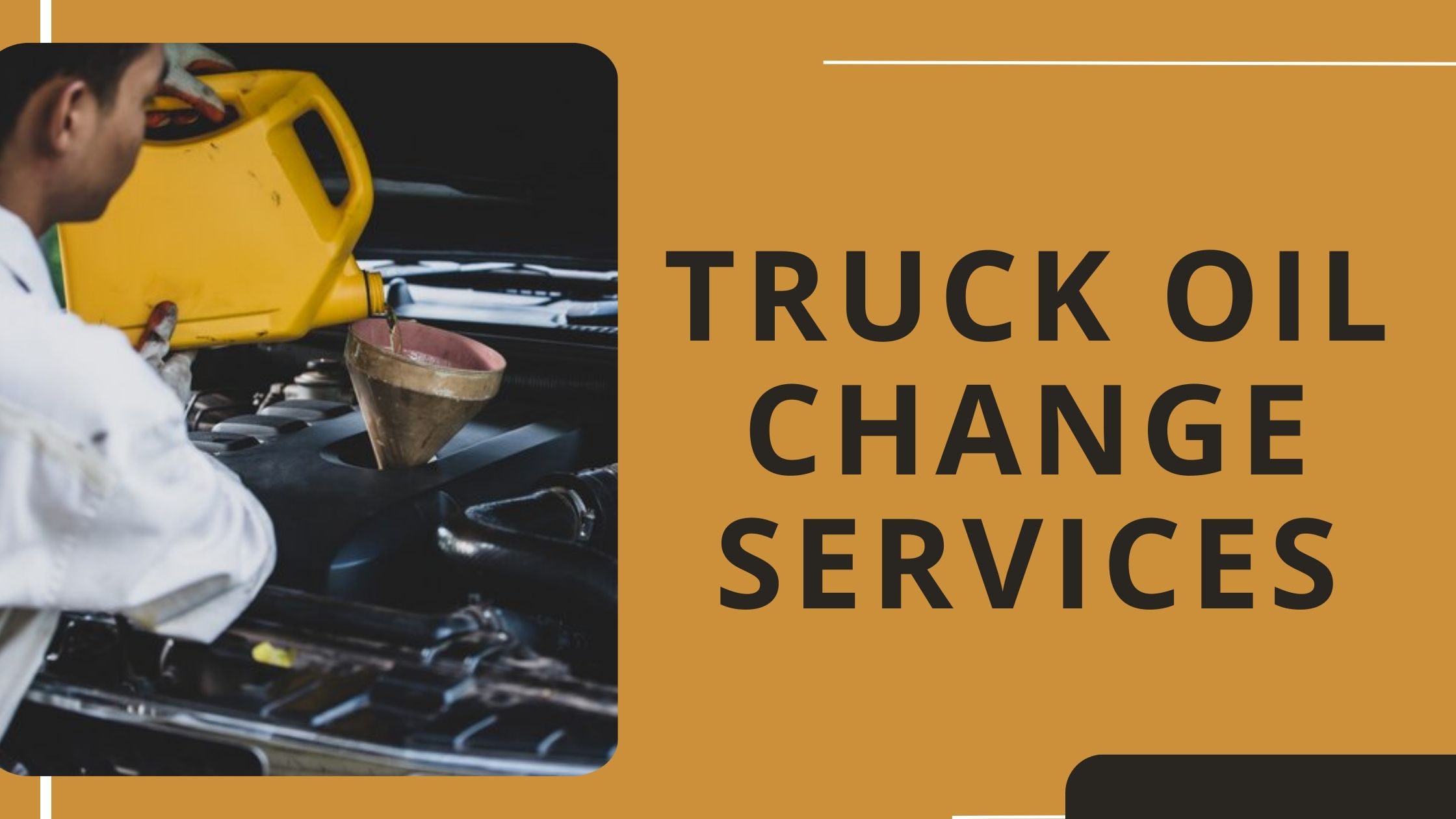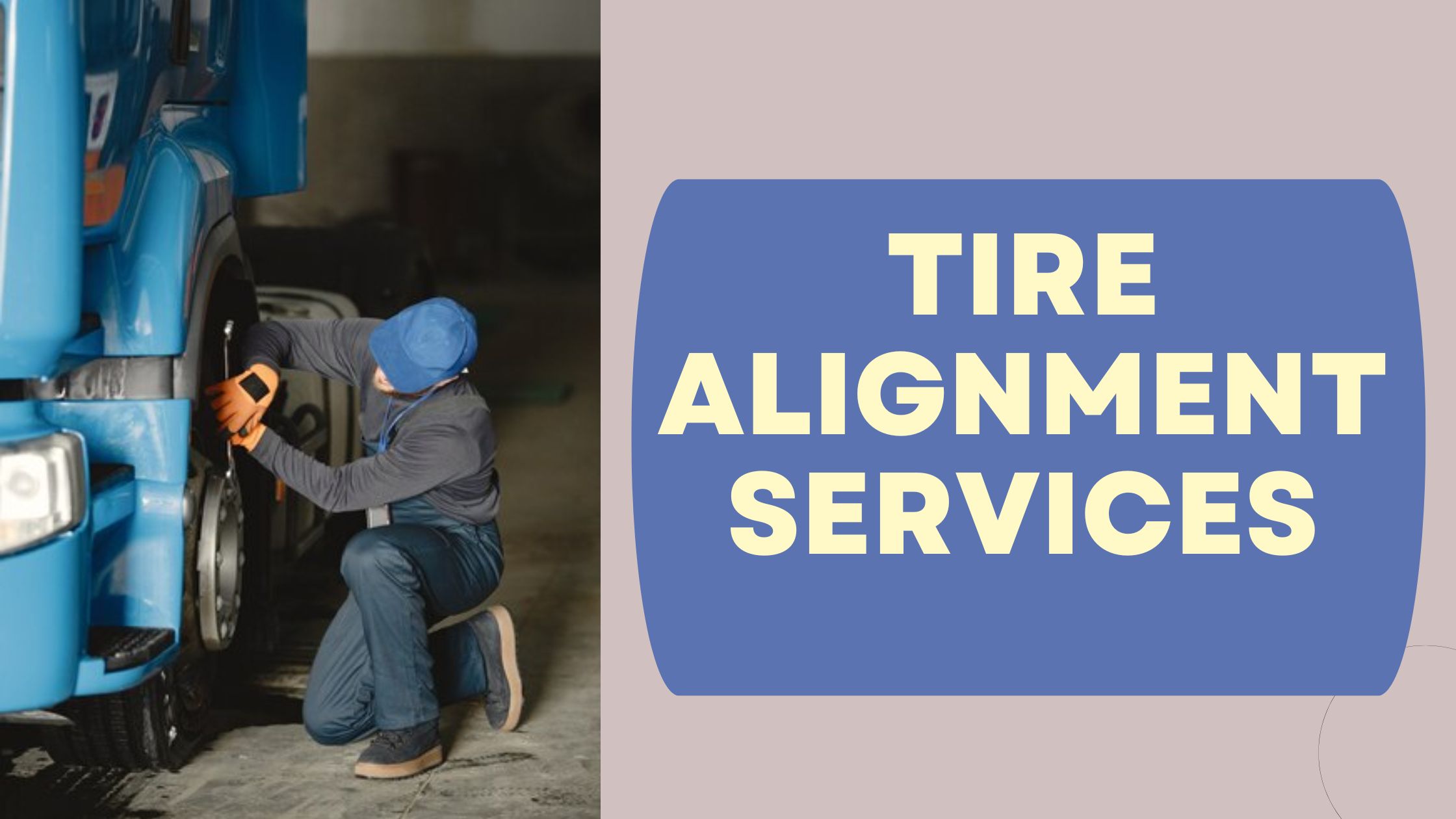Key Highlights
- Keeping up with oil changes is key to making sure your truck runs well and avoids big repair bills.
- With dirty oil, you might see your fuel efficiency go down, more wear on the engine, and a shorter life for it.
- By keeping an eye on and swapping out your truck’s engine oil regularly, you’re looking after its parts and making sure it performs at its best.
- At Flying Bird Truck Repair, we get your truck in and out quickly with top-notch full-service oil changes without needing an appointment.
- Picking the right lubricant and filters plays a big part in how well your truck works over time.
Introduction
Engine oil is super important for your truck’s performance. By keeping up with regular oil changes and maintenance, you’re making sure your vehicle lasts longer and you avoid expensive fixes down the line. If you skip this part of preventative maintenance, it could cause a bunch of problems that mess with how well your truck runs. Let’s talk more about why clean oil matters so much and its impact on how your truck performs.
Understanding the Role of Engine Oil in Truck Performance
Engine oil is super important for keeping your truck running smoothly. It works by creating a protective layer that stops the engine parts from rubbing together too much, which cuts down on heat and wear. On top of that, it helps get rid of dirt and junk inside the engine to keep it clean. Using good quality oil, such as Mobil Delvac heavy duty diesel engine oil, makes sure your engine runs better and lasts longer, especially if you’re dealing with tough diesel engines. To avoid any trouble down the line, changing your oil regularly and picking out the right oil filter, such as Fleet guard filters, is key for preventative maintenance and making sure everything operates at its best. Getting all this right means you can really boost how well your truck performs while also saving money on fixing stuff later.
The Basics of Engine Lubrication
Keeping your truck in top shape is super important, and making sure it’s well-oiled is a big part of that. Think of engine oil as the superhero for your truck’s insides, fighting off friction so everything runs smoothly without getting worn out. This special oil forms a shield around parts to keep them safe while also helping get rid of heat. It even makes your fuel last longer and can help your engine stick around for more miles down the road. For trucks with diesel engines, picking just the right kind of oil isn’t something you want to guess at; it keeps things running like they should and saves you from spending loads on fixes later on. So, if you own one of these powerful machines, understanding how lubrication works isn’t just smart—it’s essential for keeping things moving efficiently and ensuring its long lifespan. In addition to regular oil changes, it’s important to get a full oil analysis to get a comprehensive understanding of your engine’s health. This service checks for wear metals, contaminants, viscosity, flash point, and more, giving you a bigger picture of how well your engine is functioning.
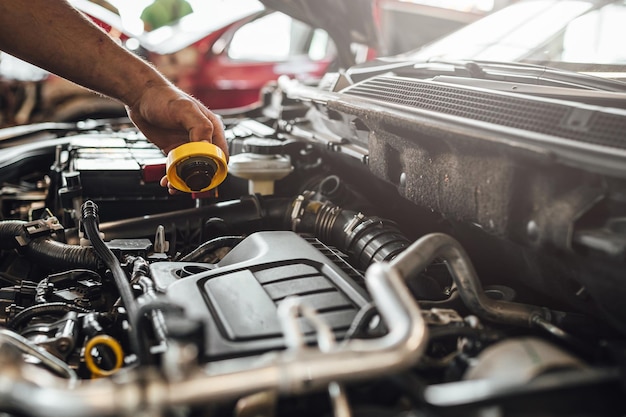
How Dirty Oil Affects Engine Components
When your truck’s engine gets clogged up with dirty oil, it speeds up the damage to its parts. With stuff like dirt, bits of metal, and sludge in the mix, these contaminants make parts rub against each other more than they should. This extra rubbing creates heat and wears things out faster. Over time, this can lead to serious damage or even cause parts of the engine to stop working altogether. To avoid these problems, it’s really important to keep up with regular maintenance tasks like changing the oil often and using good quality filters. By doing this kind of preventative maintenance regularly, you’ll save yourself from having to spend a lot on fixing big issues later on.
Signs Your Truck Needs an Oil Change
When your truck starts guzzling more fuel than it should and feels hotter than normal, it’s a big hint that an oil change is needed. Spotting these signs early on and taking care of them quickly can save you from the headache of engine trouble down the line. Keeping up with regular oil changes isn’t just about avoiding expensive fixes; it’s also key to making sure your vehicle sticks around for a long time. By staying ahead with maintenance, you’ll ensure your truck keeps performing well whenever you hit the road in locations like California, Texas, Oklahoma, and Georgia.
Decreased Fuel Efficiency
When the oil in your truck gets dirty, it can really mess with how well your fuel works. Over time, old oil isn’t as good at keeping things slippery inside the engine. With more friction happening, the engine has to put in extra effort which means you won’t get as many miles out of a gallon of gas. Making sure you change your oil regularly is key to keeping everything running like a dream and getting the best bang for your buck on fuel. If you keep putting off changing the oil, not only will your truck guzzle more gas but fixing any damage caused could burn a hole in your pocket too. So remember, sticking to regular oil changes is super important if you want to avoid trouble and save some cash down the line.
Engine Running Hotter Than Normal
When your truck’s engine starts to run hotter than it should, it might mean there’s a problem with the oil. As oil gets dirty over time, it doesn’t lubricate as well as it needs to. This lack of lubrication causes more friction and heat inside the engine parts. With too much heat, your truck can start overheating and not work as well. By keeping up with regular oil changes and using good filters, you can keep everything running smoothly by making sure all parts are properly lubricated. Doing this kind of preventative maintenance is really important for catching any issues early on before they get worse.
The Consequences of Neglecting Oil Changes
Skipping regular oil changes for your truck isn’t a good idea. With time, old and dirty oil can cause harmful contaminants and wear metals to gather in the engine. This speeds up damage and cuts down on its lifespan. Because of this, not keeping up with oil changes and proper pricing could end up costing you a lot more money in repairs, shorten the life of your engine, and make it costlier to run your truck. By missing out on this crucial upkeep step, you’re risking the overall performance and efficiency of your vehicle which affects how smoothly and dependably you can drive it around.
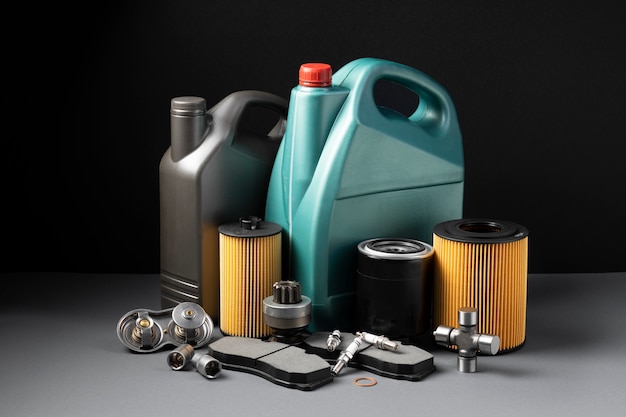
Shortened Engine Life
Using dirty oil for too long can make your engine’s life shorter. With more dirt, things inside the engine start rubbing together more, which isn’t good because it wears them out faster. This happens because the dirty oil doesn’t keep everything slippery and moving smoothly like it should. To stop this from happening, changing your oil regularly with good quality stuff is key to keeping your truck running well for a longer time. Staying on top of maintenance helps dodge big repair bills and keeps your truck going strong.
Increased Operating Costs
When oil gets dirty, it makes the engine parts wear out faster. This means truck owners have to fix and replace things more often, which costs a lot of money. With all the gunk building up, trucks don’t use fuel as well either, so you end up spending more on gas. If people keep putting off changing their oil, it can mess up the engine even worse and lead to some really pricey repairs down the line. But by sticking with regular oil changes and choosing top-notch oil and filters, truck owners can cut down on these extra expenses big time.
Recommended Oil Change Intervals for Trucks
Several things, such as how far you drive, the conditions you’re driving in, and what kind of oil your truck uses play a big role in figuring out when it’s time for an oil change. For trucks that run on diesel and do some heavy lifting on the road, getting an oil change every 10,000 to 15,000 miles is usually a good idea. However, for semi trucks, which often carry heavy loads and travel long distances, it is recommended to get an oil change every 5,000 to 7,000 miles. This is because the engine of a semi truck works harder and therefore requires more frequent oil changes to maintain optimal performance. By doing regular checks called oil analysis, which looks at wear metals and other not-so-great stuff floating around in your engine’s oil can also help figure out just how often these swaps should happen. With eleven semi truck oil change service locations currently available in California, Texas, Oklahoma, and Georgia, and plans for expansion in the near future, it is now easier than ever for truckers and truck owners to keep their vehicles running smoothly with regular oil changes.
Factors Influencing Oil Change Frequency
When it comes to figuring out how often you should change your truck’s oil, a few things come into play. If you use your heavy-duty truck for tough jobs like towing or hauling big loads, it might need more frequent oil changes to keep the engine happy. On top of that, if you’re driving in really hot or cold weather, through places with lots of dust and dirt, or if your tires aren’t pumped up right, these can all make your engine oil work harder than it should. Additionally, truck drivers rely on their vehicles for their livelihood, so it is important to keep up with regular oil changes to ensure optimal performance and avoid costly repairs. It’s smart to keep an eye on these issues and chat with someone who knows trucks well to figure out when an oil change is due for yours. By being on top of getting those oil changes done and fixing any problems early on, you’ll help ensure that your truck stays in good shape without running into expensive fixes later.
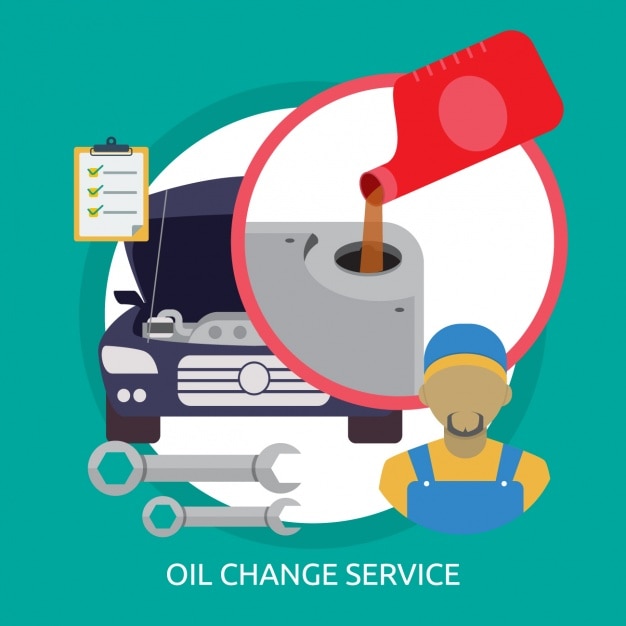
Differences Between Synthetic and Conventional Oil
When choosing the right oil for your truck, you’ll often come across the option of synthetic or conventional oil. Here’s a comparison of the two:
|
Synthetic Oil |
Conventional Oil |
|
Made from chemically modified petroleum components |
Refined from crude oil |
|
Offers superior lubrication and protection, especially in extreme temperatures |
Provides adequate lubrication for normal driving conditions |
|
Resists breakdown and maintains viscosity longer |
May break down faster under high temperatures or heavy usage |
|
Reduces engine wear and increases fuel efficiency |
May require more frequent oil changes |
|
More expensive than conventional oil |
Generally more affordable |
Ultimately, the choice between synthetic and conventional oil depends on your truck’s needs, driving conditions, and budget. Consult with a truck service professional to determine the best option for your truck’s engine.
How to Choose the Right Oil for Your Truck
When it comes to keeping your truck running smoothly and lasting a long time, picking the right oil is key. Here’s what you should think about when choosing:
- Start by checking your truck’s owner’s manual for the type of oil (viscosity) and specifications recommended by the manufacturer.
- Think about what your truck goes through, like if it does a lot of heavy lifting or has to work in really hot or cold weather.
- Make sure you pick a top-notch oil filter that fits well with your engine.
- For advice tailored to your specific make, model, and how you use your truck, talking to a professional who knows all about trucks can be super helpful.
By carefully selecting suitable oil and changing it as needed based on how you use your vehicle, you’re taking important steps toward ensuring its engine runs at its best.
Understanding Oil Viscosity Ratings
When picking the right oil for your truck, it’s crucial to think about how thick or thin that oil is – this is what we call its viscosity. Imagine viscosity as how easily an oil moves around; it gets measured with two numbers like 10W-30. The first number tells us how the oil behaves when it’s cold outside, and the second number shows us what happens when things heat up.
For trucks in chilly places, you’d want a lower first number (like 5W) so that at startup, everything stays smooth and well-lubricated. On the flip side, if you’re driving in hot weather a lot of time, choosing an oil with a higher second number (such as 40) helps keep that thickness just right even when temperatures climb.
It’s really important to pick an oil whose viscosity rating matches both where you drive and what your truck maker says is best. If not? You might end up with less than ideal lubrication which can mean more wear on parts and could even make your fuel efficiency take a hit.
The Importance of Using High-Quality Filters
To keep your truck’s engine running smoothly, it’s really important to use top-notch filters like Fleet guard filters. These oil filters are key because they get rid of any bad stuff in the oil, making sure it stays clean and does a good job keeping the engine lubricated.
When you don’t use good quality or if these filters get all clogged up, it can cause problems. The oil won’t flow as well as it should, which means your engine might not run properly and could even get damaged over time. Fuel filters matter too since they help make sure only clean fuel gets to the engine. This stops issues with the fuel system that could also harm the engine.

By choosing high-quality filters and changing them when you’re supposed to, based on how much you use your truck and what kind of model it is, you’ll help ensure your truck’s engine works better for longer. It’s a smart move to talk with someone who knows trucks well so they can advise on which filter options are best for yours, including air filters for optimal engine performance.
Step-by-Step Guide to Changing Truck Oil
Switching out the oil in your truck is a key part of keeping it running smoothly. If you’re up for doing it yourself instead of getting help from an expert, here’s a basic guide on how to change the oil:
- Start by gathering all the things you’ll need like new oil, an oil filter, something to catch the old oil in, and wrenches.
- Next, lift your truck safely so you can get to the oil drain plug underneath.
- With a drain pan ready below it, unscrew that plug and let all the used oil flow out until there’s none left.
- After that’s done put back the drain plug before taking off the old oil filter .
- Before putting on
- a new one , rub some fresh
- oil around its gasket then screw this one into place .
- Now fill up your engine with exactly as much and what kind of oil recommended .
- Turn on y our engine briefly checking if any leaks show up .
- Finally make sure yo u dispose both t he drained oi l plus the used filter properly caring for environment .
Remember though not every truck owner should do their own * oi l changes especially if they’re not too confident or have trucks with complicated engines. For those cases seeking advice from expert technicians or heading over to reliable truck service centers might be best ensuring everything goes right.
Preparing Your Truck for an Oil Change
Before you start changing the oil in your truck, it’s really important to make sure you’re all set up safely and have everything ready. Here’s what you should do:
- Make sure your truck is parked on a flat spot and that the parking brake is on.
- To keep safe from any oil spills or splashes, put on safety goggles and gloves.
- Get all the tools you’ll need together, like a wrench, drain pan, and an oil filter wrench.
- Take a look at your truck’s owner’s manual to see if there are special instructions or recommendations for doing an oil change.
- Check that you’ve got enough of the right kind of oil and a new oil filter ready to go.
- Put the drain pan under where the oil comes out so it can catch all the old stuff when it drains out.
- Keep something handy like spill kit or absorbent material just in case there are any messes or leaks while working.
- And don’t forget about properly getting rid of both used motor oils as well as filters.
By taking these steps seriously before starting with replacing engine lubricants ensures not only does this job goes smoothly but also keeps things tidy without harming yourself during maintenance work related specifically towards conducting an efficient oil change, including handling replacement parts such as installing fresh lube filtration units correctly every time. Preparing your truck with the proper tools and materials, as well as following ASE-certified guidelines, is crucial for a successful and safe oil change.
Completing the Oil Change: Tips and Best Practices
When you’re changing the oil in your truck, paying close attention and following some key steps is crucial. Here’s what to remember:
- For starters, pick a top-notch oil like Shell Rotella or Chevron Delo that fits what your truck needs according to its maker.
- With the oil filter, make sure it’s on tight but don’t go overboard; too tight can lead to damage or leaks.
- Check again that the drain plug isn’t loose so you won’t have any surprise drips of oil later on.
- After you’ve swapped out the old stuff, get rid of both the used oil and filter by following what your area says is okay.
- Don’t forget to jot down when you did this change and how many miles were on your truck at that time—it helps keep track for next time.
- Keep an eye on how much oil’s in there after and watch out for anything weird like contamination or more leaks.
Sticking with these pointers will help make sure your oil change goes smoothly. This way, not only does everything run better but also lasts longer.
Professional vs. DIY Oil Changes
When you’re trying to decide if you should go for a professional oil change at places like Flying Bird Truck Repair or just do it yourself, there are several things to think about.
- With expert technicians on hand, going pro means your truck gets looked after by people who really know their stuff. They’re trained to understand what different trucks need and can handle all sorts of maintenance tasks.
- On the flip side, doing an oil change yourself might save some cash but could eat up a lot of time, especially if it’s not something you’ve done before.
- When we talk about equipment and tools, professionals have access to top-notch gear that makes sure the job is done right and efficiently.
- Also worth considering is your truck’s warranty; sometimes sticking with professional services is necessary to keep that coverage in place.
So when choosing between hitting up a service like TA Truck Service for an oil change or tackling it on your own, think about how comfortable you feel with the task, how much time you have available, and what your truck specifically needs.
When to Consider Professional Services
When it comes to getting an oil change for your truck, places like TA Truck Service are a solid pick for a few reasons:
- With roadside assistance, if you run into any oil troubles while driving, these pros can come to the rescue and help you hit the road again without much delay.
- Because of their training and know-how, they really get trucks. This means they’re good at figuring out what’s wrong and fixing things up properly.
- When time isn’t on your side or when squeezing in routine maintenance seems tough, going professional can save you hassle with their speedy service.
- If keeping your truck’s warranty intact matters to you, using professional services might be necessary since some warranties insist on it.
- They don’t just stop at changing oil; they check out other parts that might need attention too. This way, small issues are caught early before turning into bigger headaches.
So thinking about these points will guide you in deciding if services like TA Truck Service fit best for taking care of your truck’s oil change and other upkeep tasks.
Tools and Resources for DIY Enthusiasts
If you’re a truck owner who likes to change your oil yourself, it’s important to have the right gear and know-how. Here’s what you’ll need:
- Oil Filter Wrench: This tool is made just for taking off and putting on oil filters, making the job smoother.
- Drain Pan: You’ll need a big, strong pan that can catch all the old oil when you drain it out.
- With a funnel, adding new oil into your engine becomes neat and easy without any spills.
- A shop manual tailored to your specific truck model will guide you through changing your oil step by step along with other maintenance work.
- Looking up websites and forums about DIY truck upkeep can be super helpful. They’re full of advice, how-tos, and solutions for common problems.
By getting these tools together and checking out trustworthy sources online or in manuals specifically about maintaining trucks at home including tips on handling an oil filter, doing an oil change by yourself not only saves money but also keeps your vehicle in top shape.
Conclusion
Taking good care of your truck, like getting oil changes done on time, is super important if you want it to last long and run well. If the oil gets too dirty, it can make your engine not work as efficiently, use up more fuel than necessary, and even cause damage. By keeping an eye out for signs that tell you it’s time for an oil change and sticking to recommended schedules, you can avoid expensive fixes later on and keep everything running smoothly. Whether you decide to do it yourself or go with a pro service doesn’t matter much; what really counts is using high-quality oil and filters for your truck’s wellbeing. Taking this step now means avoiding bigger problems down the road. So stay sharp about maintenance needs—your attention today could mean a lot less hassle tomorrow—and enjoy peace of mind knowing your truck will be ready to hit the road whenever you are.
Frequently Asked Questions
How often should I change my truck’s oil if I frequently haul heavy loads?
When you often carry heavy stuff with your truck, it’s important to think about how hard this is on your engine. Trucks usually have diesel engines which need their oil changed more often because they work harder. Normally, people change the oil every 5,000 to 7,500 miles but if you’re loading up your truck a lot, you might need to do it more often. Carrying all that weight makes the engine run hotter and work harder which can make the oil go bad quicker and wear out parts of the engine faster. To keep everything running smoothly and protect your engine, it’s a good idea to get an oil change sooner – maybe between every 3,000 to 5,000 miles instead. Talking with truck repair Bakersfield CA experts at places like Flying Bird Truck Repair can help figure out when exactly you should be getting those frequent oil changes done for your specific situation and maintenance needs.
